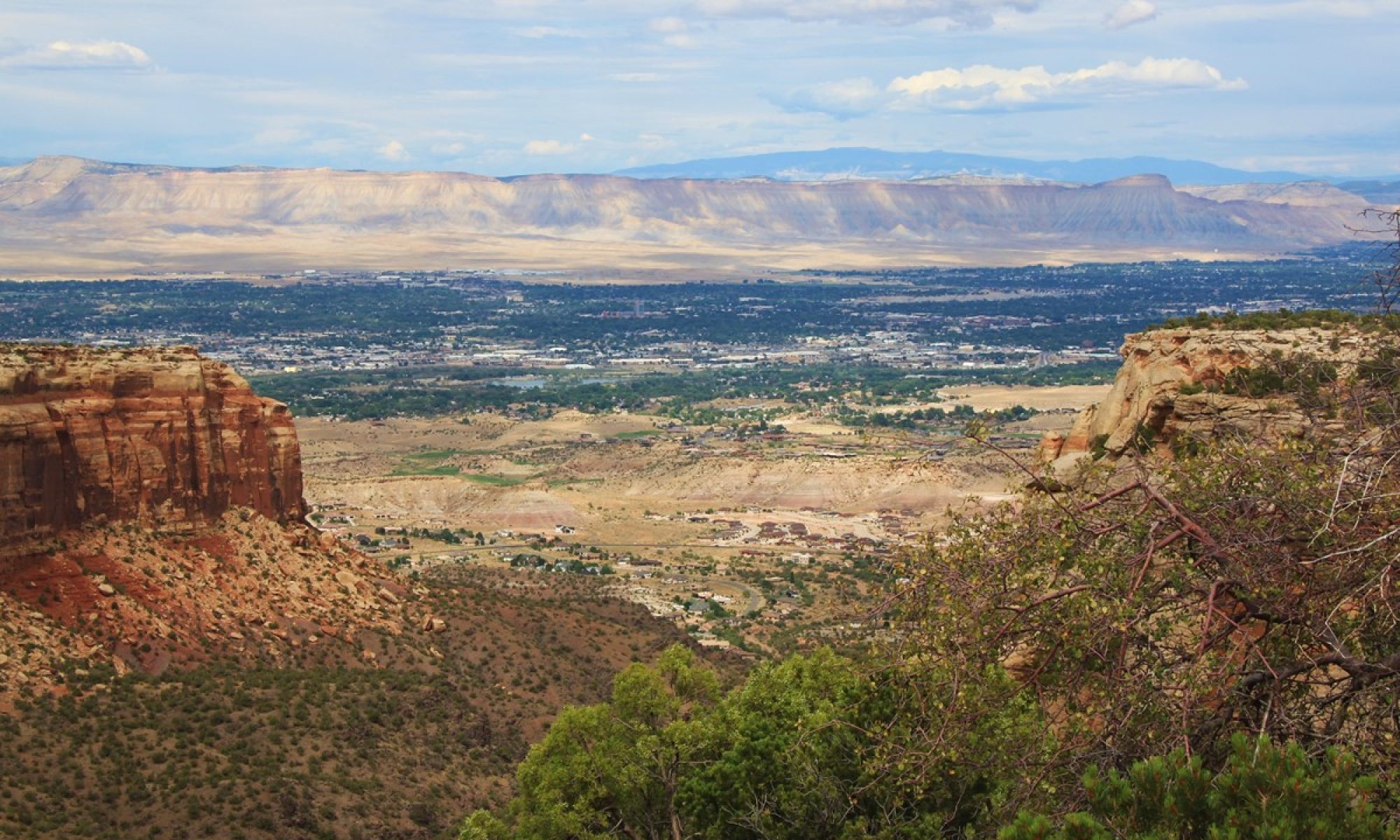January 2021
Thursday morning, we rose early and gathered in one car to hear down to the Ferry Terminal to park and check in for our trip on “The Yankee Freedom” – a 250-passenger (but only carries 175) Ferry under contract to the National Park Service to take passengers to the Dry Tortugas located 70 miles west of Key West. Boat or Seaplane is the only way to get to this National Park and the 2-hour Ferry ride offers glimpses of sea turtles grazing and a myriad of sailing vessels. The Ferry trip includes a breakfast, and a lunch once we arrive at the Island. It also provides snorkeling gear and serves as the only source of fresh water and for restrooms for the visitors to the island.
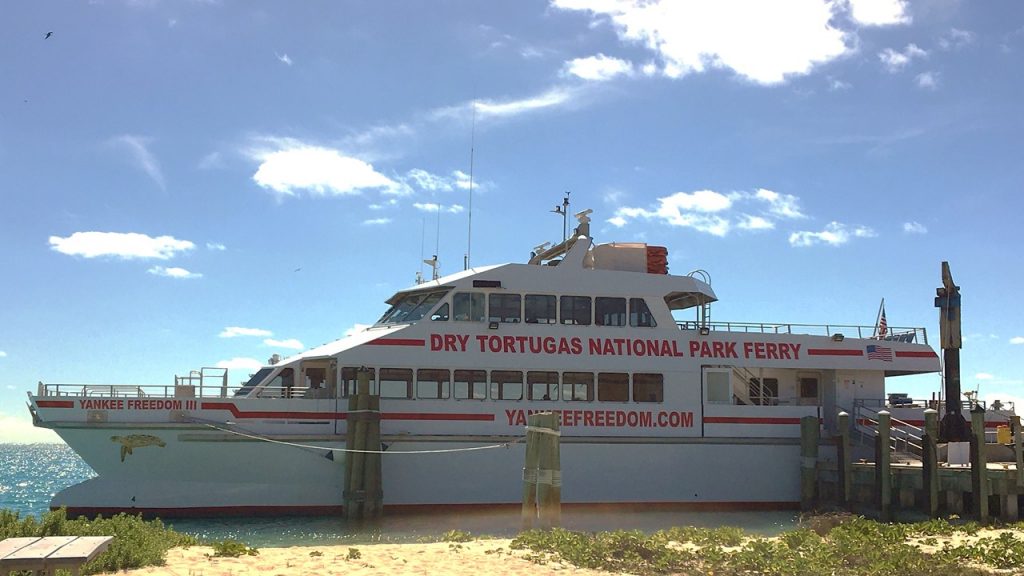
The Dry Tortugas are a series of small islands (once 11, but today only 7), that has an interesting history starting with their discovery by Ponce De Leon in 1513, and their naming for both the lack of any fresh water and for the large numbers of sea turtles that nested there. The current islands are:
- Loggerhead Key, which is the largest island, has the highest elevation at 10 ft, and is home to the Dry Tortugas lighthouse.
- Garden Key, with Fort Jefferson and the (currently missing) Garden Key lighthouse located east of Loggerhead Key and the second largest island.
- Bush Key, formerly named Hog Island because of the hogs that were raised there to provide fresh meat for the prisoners at Fort Jefferson, and which was currently attached to Garden Key via a sandbar. The island is the third largest and is the site of a large tern rookery, and is off-limits for half of the year.
- Long Key is located at the eastern end of Bush Key.
- Hospital Key, so called because a hospital for the inmates of Fort Jefferson during the Yellow Fever epidemics had been built there in the 1870s. The island was formerly called Sand Key. It lies about 1 ½ miles northeast of Garden Key and Bush Key.
- Middle Key, which lies 1 ½ miles east of Hospital key and is not always above sea level.
- East Key located a mile east of Middle Key.
The area is known for its treacherous reefs, and in 1825 a lighthouse was built on Garden Key to warn ships and guide them toward safety. At the time shipwrecks were common, and with underwater wrecks dating back to the 1600s, the Dry Tortugas currently possess one of the richest concentrations of shipwrecks in North America. It is also because of these large reefs surrounding the Tortugas that the U.S. was able to establish one of the most strategic harbors in U.S. history, and the largest all-masonry fort in the United States, Fort Jefferson. Construction of the fort began in 1846, and although it was never finished after 30 years, the bastion remained in Union hands throughout the Civil War. With its 15-inch Rodman smoothbores guns, weighing 25 tons each, a crew of seven men could fire a 432-pound projectile a distance of three miles. The fort was later was used as a prison until abandoned in 1874, after suffering numerous bouts and high death rates from yellow fever and scurvy. Dr. Samuel Mudd, famous for being the doctor who treated John Wilkes Booth for a broken leg in the wake of the Lincoln assassination, was imprisoned here until early 1869. Also imprisoned was a leader of the “Chicago Conspiracy”, Englishman George St. Leger Grenfell, who is supposed to have drowned having escaped in a small boat. During the 1880s, the Navy established a base in the Dry Tortugas, and it subsequently set up a coaling (refueling) and a wireless (radio) station there as well. During World War I, a seaplane base was established in the islands, but it was abandoned soon thereafter.
From 1903 until 1939 the Carnegie Institution of Washington operated the Marine Biology Laboratory on Loggerhead Key. Through the years, over 150 researchers used the facilities to perform a wide range of research. The laboratory operated here, except for World War 1, until its closure in 1939. Fort Jefferson National Monument was designated by President Franklin D. Roosevelt under the Antiquities Act on January 4, 1935. The monument was expanded in 1983 and redesignated as Dry Tortugas National Park on October 26, 1992 by an act of Congress.
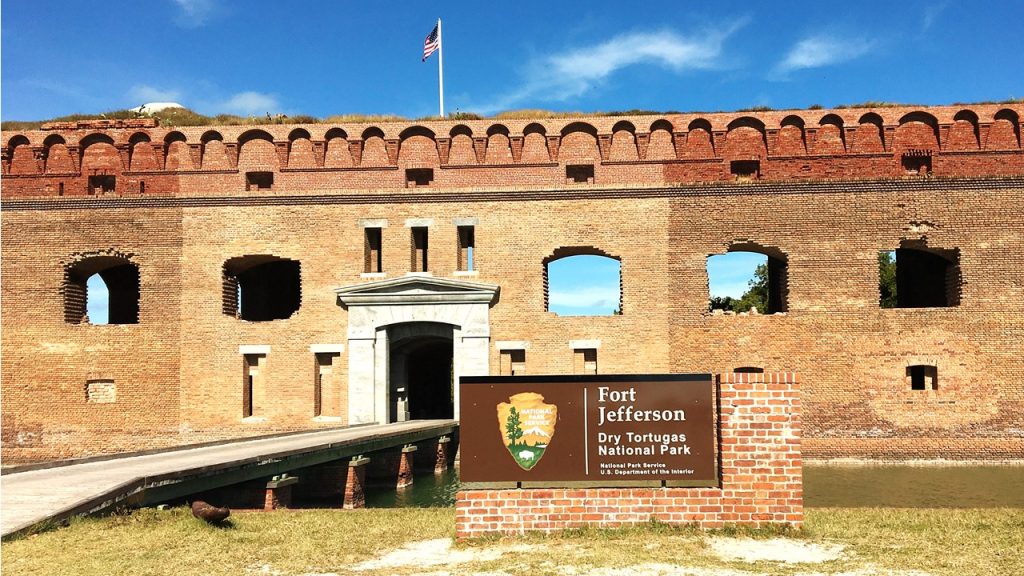
After we explored the fort and walked to Bush Island to see the rookery, we went snorkeling in the waters off the southern beach and explored the coral platforms and sea life along the moat wall. After lunch, it soon began time to board the Ferry for the trip back, which was uneventful. That night we picked up salads, but we could not use the hotel’s pool or hot tub, since unbeknownst to us, the night before, at around midnight, a car being chased by the police crashed through the hotel’s fence and pool bar demolishing the gazebo, bar, and part of the hot tub. Instead, we relaxed with a game of cards before beginning to pack our things for the next day’s long trip home.
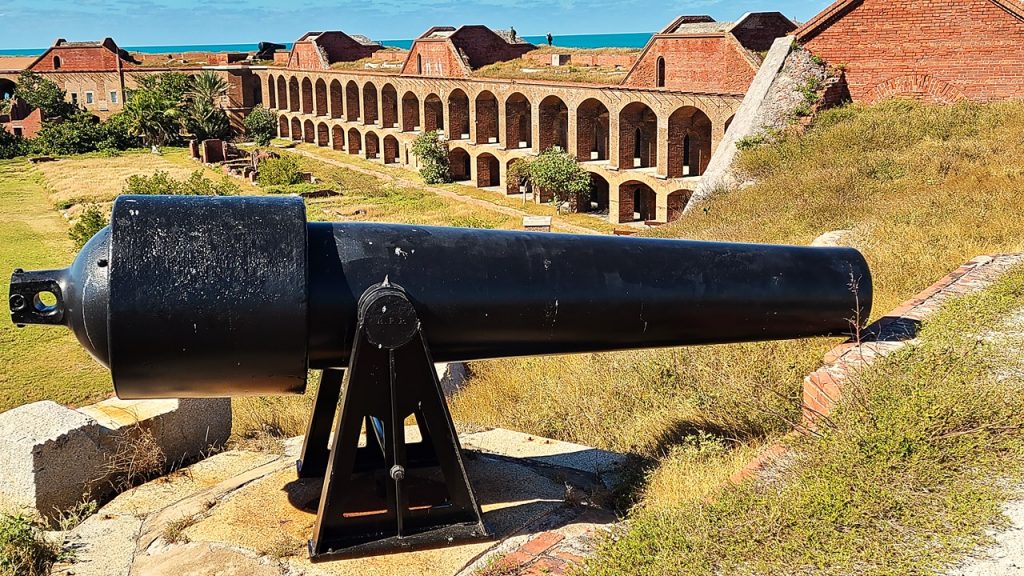
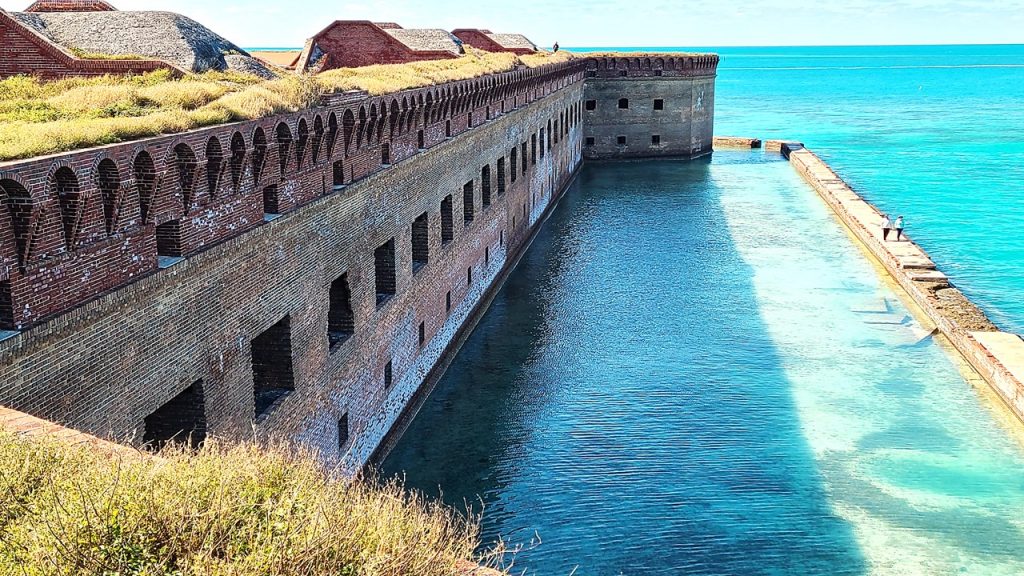
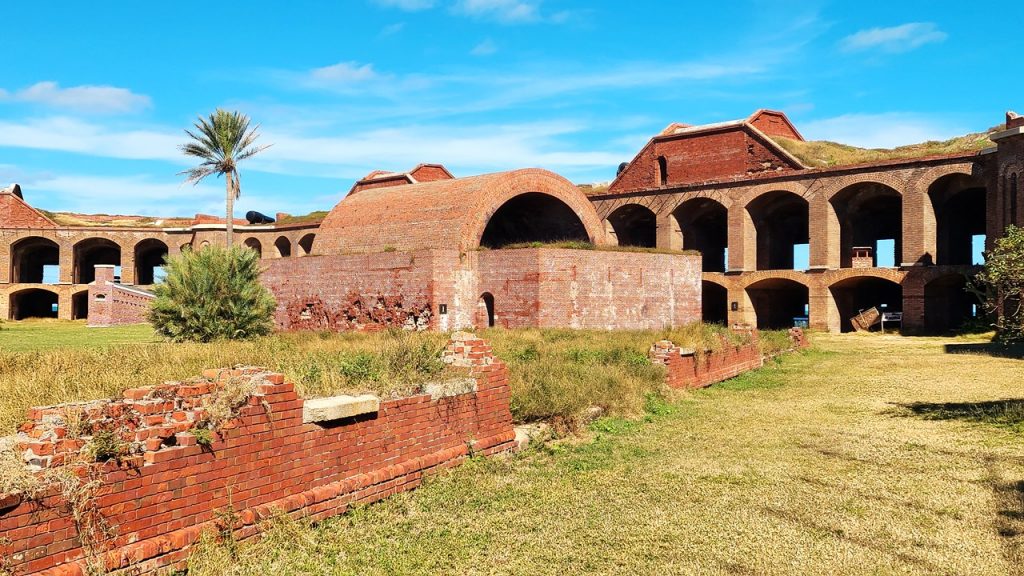
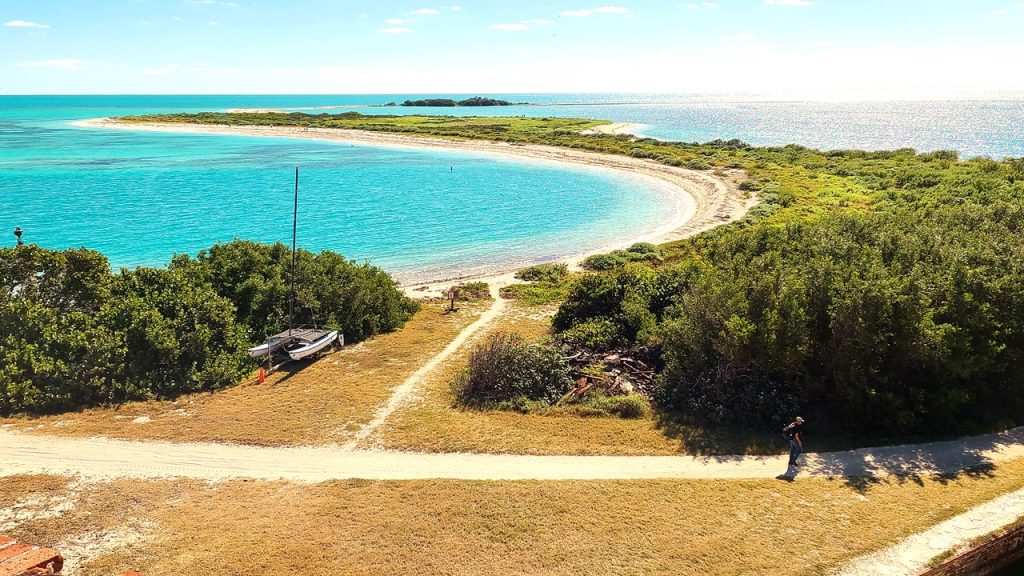
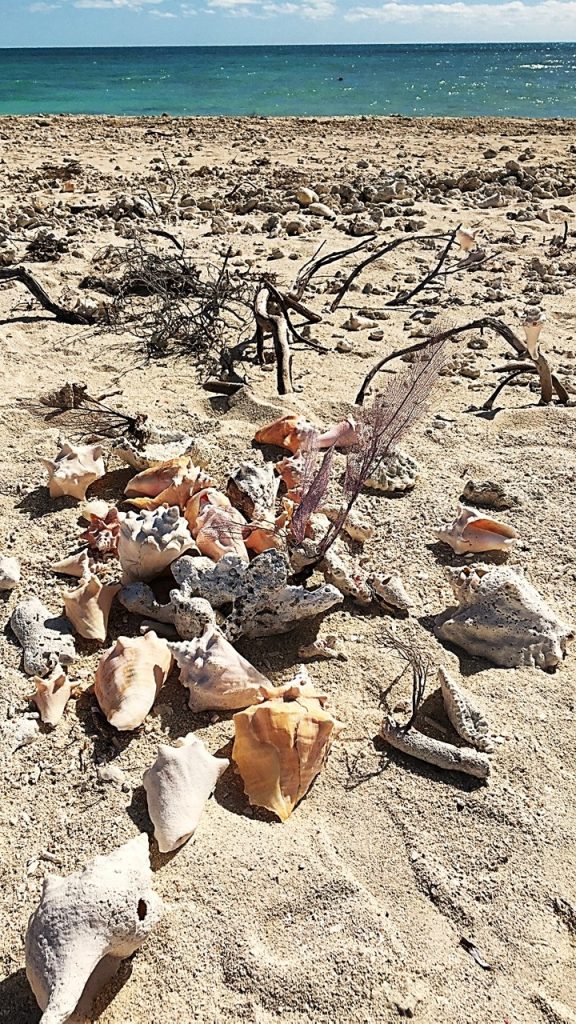

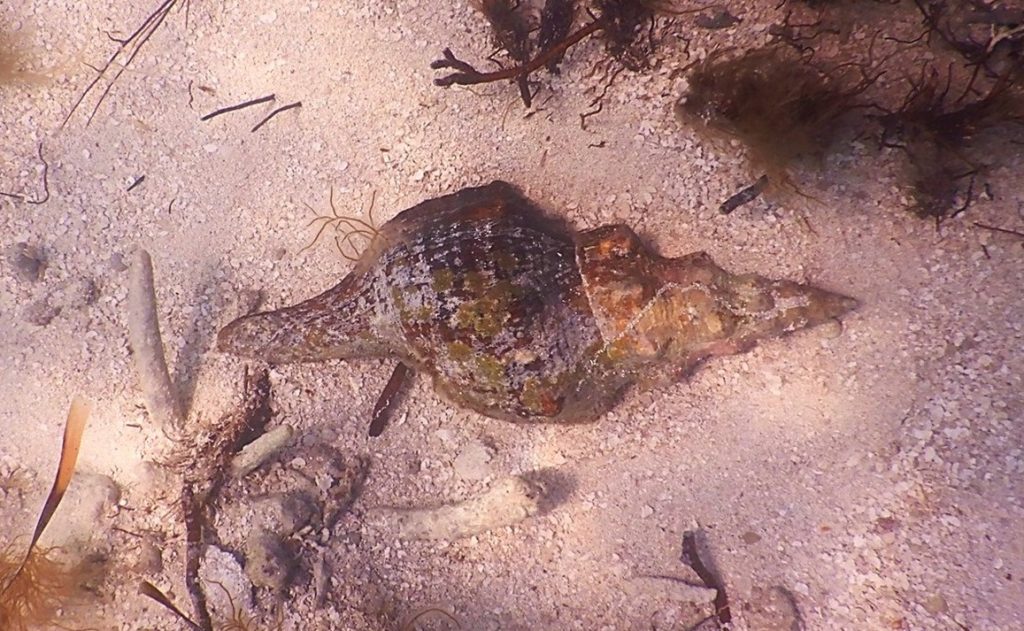
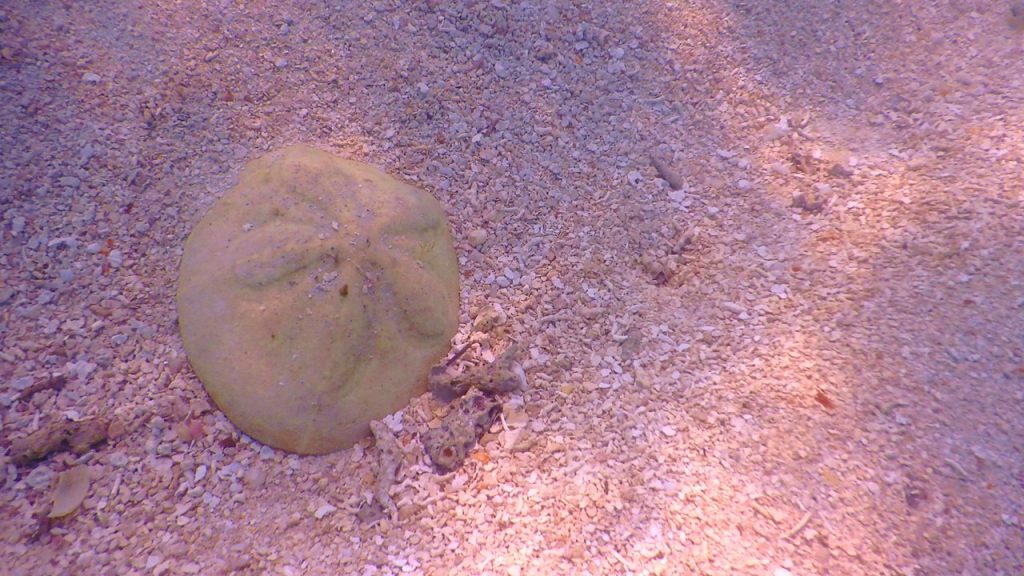
Friday morning, we checked out of the hotel and drove east an hour to the “Island Fish Company” for breakfast before beginning the additional 5-hour drive to our home in Indialantic.
